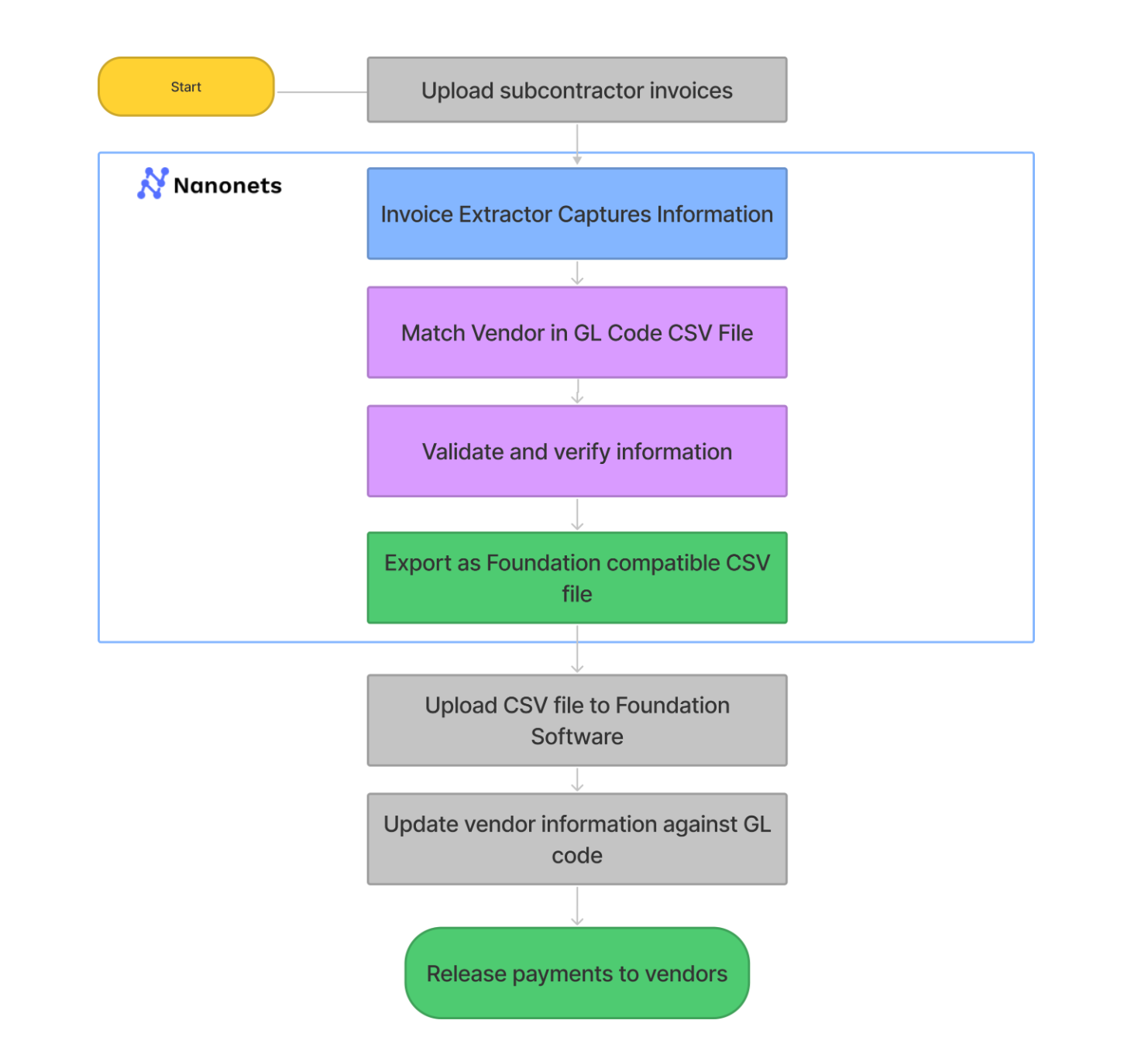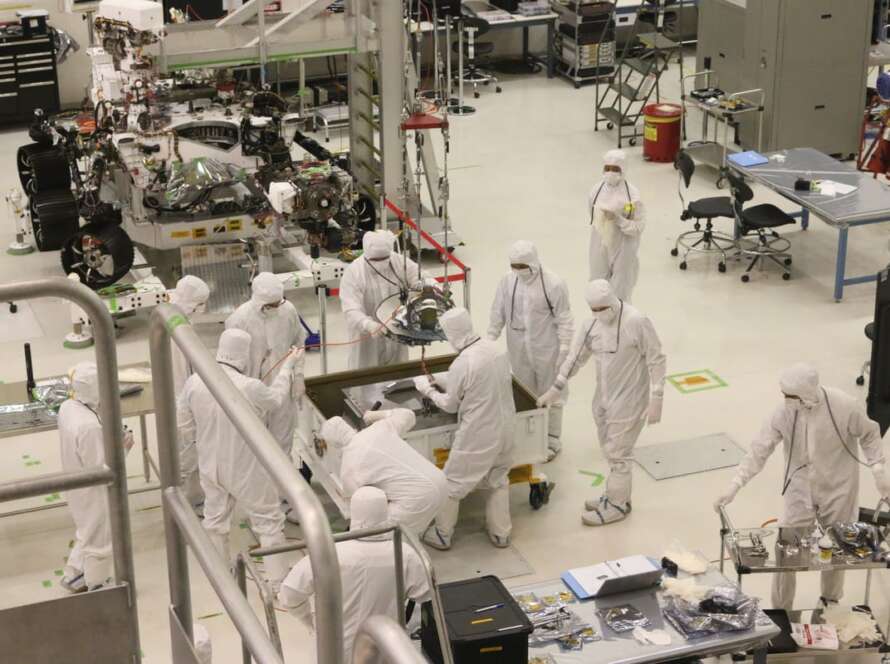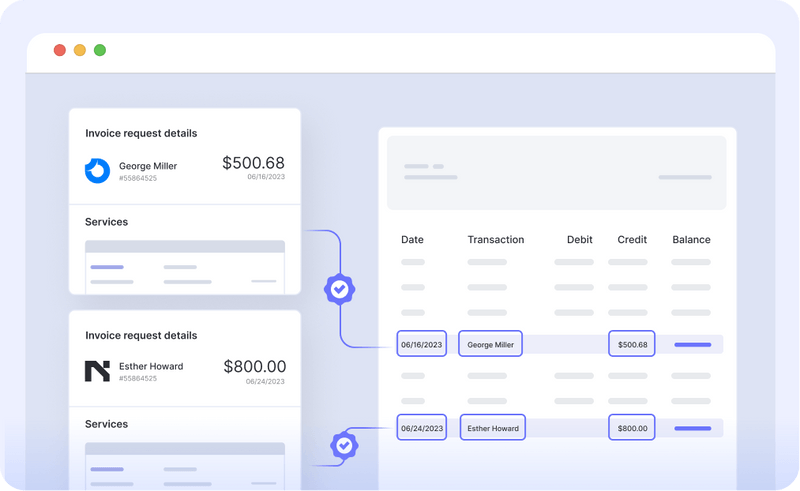
Imagine turning your often-overlooked Accounts Payable department into a strategic powerhouse. While businesses race to optimize every corner of their operations, AP quietly holds untapped potential.
The future of AP automation promises to transform this traditional back-office function into a strategic asset that drives company-wide growth.
As businesses face increasing financial pressures, the modern AP team must evolve beyond manual tasks. In the new era of Accounts Payable— every invoice processed should be a step towards long-term success.
AP automation: A landscape of opportunity
Building on Accounts Payable‘s evolving role, the AP automation market offers a wide range of solutions to meet this new strategic imperative.
These tools go beyond simple digitization, offering comprehensive platforms that automate invoice processing, streamline approvals, and optimize payment workflows.
Finding the right vendor can be overwhelming with so many players in the AP automation market. This overview highlights critical providers offering solutions to streamline workflows, optimize payments, and boost efficiency.
From AI-driven platforms to full-service automation, these top AP automation vendors help organizations future-proof processes and free up valuable resources.
| AP Solution | Market Segment | Value Proposition | Pricing | G2 Rating |
|---|---|---|---|---|
| Nanonets | Midmarket + Enterprise | AI-powered invoice OCR automation with customizable workflows | From $999/month | 4.7/5 |
| Tipalti | Midmarket + Enterprise | Global payments automation with tax compliance | From $299/month per user | 4.6/5 |
| AvidXchange | Midmarket + Enterprise | Paperless processing with extensive system compatibility | Custom pricing | 4.5/5 |
| Stampli | Midmarket | User-friendly interface with real-time collaboration for quick invoice approvals | From $500/month | 4.8/5 |
| MineralTree | SMB + Midmarket | Full AP automation with ERP integration and fraud protection | Custom pricing | 4.4/5 |
| Bill.com | SMB | Easy-to-use AP automation for payments and vendor management | From $45/user/month | 4.3/5 |
| Basware | Enterprise | Scalable AP and procurement automation for global operations | Custom pricing | 4.3/5 |
| SAP Concur | Enterprise | Comprehensive spend management integrated with ERP systems | Custom pricing | 4.2/5 |
| NetSuite | Midmarket + Enterprise | All-in-one ERP with automated AP workflows and detailed financial analytics | Custom pricing | 4.4/5 |
| Coupa | Midmarket + Enterprise | Procurement and AP automation with real-time spend visibility | Custom pricing based on modules | 4.5/5 |
| Beanworks | SMB + Midmarket | Streamlined invoice approvals with accounting integration | From $1,000/year | 4.7/5 |
| Melio | SMB | Flexible payment options with automated reconciliation | Custom pricing | 4.2/5 |
Want the complete guide to transforming your AP function?
Challenges with current AP processes
Organizations face a critical juncture between promise and reality as the AP landscape evolves. While the vision of a fully integrated, AI-driven AP process is compelling, many current solutions fall short of this ideal.
Many existing solutions only partially automate specific parts of the AP process. This leads to inefficiencies, as businesses have to rely on manual workarounds or additional software to fill the gaps.
Proper end-to-end AP solutions powered by AI are designed to streamline the entire workflow, from procurement to payment, eliminating unnecessary complexity and human intervention.
Let’s explore some of these challenges:
Integration complexity and overreliance on consultants
A major challenge in AP automation is integrating various tools for different tasks.
Many businesses still rely on multiple systems for invoice processing, approvals, and payment reconciliation – this is highly inefficient. SaltPay’s experience illustrates this issue:
💡
They overcame this by adopting Nanonets’ unified AP automation solution, which streamlined workflows and achieved 90% automation in invoice processing. This significantly reduced the need for manual intervention and allowed for faster, more accurate processing.
Many companies often face challenges similar to Saltpay’s. They rely on specialized skills for custom integrations, which increases complexity and costs.
The future of AP lies in seamless, integrated platforms that eliminate the need for disjointed systems and reliance on external consultants.
Limited or nonexistent inventory management and PO matching
Many AP platforms, including Bill.com, lack robust inventory management or item-level PO matching. This forces businesses to manually reconcile POs with invoices, slowing the process and increasing errors. It also creates a gap in automating the entire procure-to-pay cycle.
Automating your accounts payable process can integrate tasks like invoice capture, approval routing, and payment processing while managing inventory and purchase orders, streamlining operations, reducing manual intervention, and improving overall efficiency.
Too reliant on manual ways of working
Many AP teams still have to rely on manual entry for invoice coding and data enrichment, which increases the risk of errors and slows down the process. Without AI-driven tools, these platforms can’t automatically apply the correct general ledger codes or detect discrepancies in invoice data.
This lack of intelligence in existing systems results in inefficiencies, making it harder for AP teams to keep up with high invoice volumes and maintain accuracy.
💡
By adopting Nanonets, Tapi reduced costs by 70%, and invoice processing time dropped to just 12 seconds, greatly enhancing their efficiency and customer experience.
Limited approval routing customization and poor exception handling
Approval routing is often a huge challenge for AP teams, especially in businesses with complex workflows. Managing invoice exceptions without intelligent automation is manual and time-consuming.
For example, mismatches between a purchase order (PO) and an invoice often need manual review, causing delays and inefficiencies.
Traditional systems offer rigid approval processes that slow invoice approvals and create bottlenecks, leading to delays and errors. These systems lack AI capabilities for automatic exception handling, leading to increased intervention from AP teams.
💡
“We reduced our manual workload by 90% using Nanonets’ automated workflows.” – Happy Jewelers
Adopting flexible approval routing through automated workflows will help AP teams manage high invoice volumes more efficiently, reducing errors and improving financial oversight.
Cross-border multi-currency transactions
The future of AP automation will focus on simplifying complex, cross-border transactions.
Managing different currencies, tax regulations, and compliance rules across countries can be overwhelming for AP teams, but AI-driven automation can help. These systems can automatically handle real-time currency conversions, validate taxes, and reduce manual errors.
For example, Nanonets’ two- and three-way matching features compare invoices with purchase orders and receipts, making the payment process faster and more accurate without the need for manual checks.
Nanonets automates multi-currency reconciliation by syncing directly with ERP systems. With AI-powered tools like these, AP teams can streamline global transactions, ensuring payments are processed accurately and on time.
Key technologies in future AP processes
The future of AP lies in intelligent automation, yet adoption often faces hesitation.
Concerns about complexity and job security can overshadow these technologies’ transformative potential. However, AI and related tools aid human capabilities rather than replace them.
Let’s have a look at the key accounts payable automation technologies that AP teams must explore and adopt:
AI-driven invoice processing
Automated invoice processing, driven by AI, can significantly transform an organization by addressing inefficiencies in traditional methods.
AI-powered tools streamline the accounts payable (AP) process from start to finish, automating the capture of invoices, matching them against purchase orders and delivery notes, routing them for approval, and recording transactions within accounting systems—all in a few clicks.
💡
Nanonets has enabled businesses to reduce invoice processing times by 60% and cut costs dramatically, demonstrating the potential of AI-driven automation to improve efficiency, accuracy, and cost savings.
OCR and NLP enabled invoice capture
AI-powered OCR and NLP technologies have revolutionized invoice capture, significantly easing the workload of AP teams by automating the extraction of invoice data from scanned documents, PDFs, or images, regardless of format.
This automation eliminates the need for manual data entry, drastically reducing errors and accelerating invoice processing times.
💡
With such tools, AP teams can focus on higher-value tasks while the system accurately captures vendor details, invoice numbers, and amounts, streamlining the workflow.
Invoice templates: AI vs template-based solutions
Traditional AP systems rely on pre-defined templates to process invoices, but AI-driven systems learn and adapt to new formats, reducing the need for constant updates.
Template-based solutions require continuous manual adjustments, whereas AI systems automatically recognize new invoice structures, offering greater flexibility and scalability.
ACM Services, a Maryland-based remediation contractor, is an example of a shift from template-based to AI-driven invoice processing. Before implementing Nanonets, ACM relied on traditional systems that required continuous manual adjustments to process invoices due to rigid templates.
💡
ACM saved 90% of its time on manual data entry, making its AP processes much more efficient.
Automating 3-way matching
AI-based automation enhances the 3-way matching process by cross-referencing invoices, purchase orders, and delivery receipts in real-time. This ensures that every detail, such as quantities and prices, matches across documents before processing payments, reducing discrepancies and delays.
💡
By automating these tasks, Tapi reduced their AP costs by 70%, highlighting how AI-driven 3-way matching can improve accuracy, speed, and efficiency for high-volume AP teams.
Machine learning for GL coding
Manual GL coding can be a time-consuming and error-prone process, especially for AP teams dealing with large volumes of invoices. Traditionally, AP staff manually assign general ledger (GL) codes based on invoice data, often leading to inconsistencies and delays in financial reporting.
Studies show that companies using automated GL coding can process more than 18,649 invoices per full-time employee annually, compared to just 8,689 for those still relying on manual methods.
This shift to automation results in significant time savings and cost reductions.
💡
ACM achieved a 90% reduction in manual data entry, which not only streamlined their AP operations but also significantly improved the accuracy of their financial reporting.
Here’s the workflow that Nanonets implemented for ACM:

Adopting machine learning for GL coding empowers AP teams to operate with higher efficiency, reduce operational costs, and maintain more accurate financial records.
Robotic Process Automation (RPA) for multistep workflows
Based on pre-set rules, RPA streamlines AP processes by automating multi-step workflows, such as invoice receipt, approval routing, and vendor payments.
This eliminates manual intervention, improves accuracy, and reduces invoice processing times.
💡
Automating tasks based on value thresholds reduced delays and improved efficiency, allowing the team to handle high invoice volumes without extra staff. Large invoices were sent for senior management approval, while smaller ones were auto-approved.
Upskilling for the AI future: How AP teams can get ahead
With increasing pressure to upskill in the era of AI and automation, AP teams must adapt to emerging technologies like AI, machine learning, and data analytics.
Mastering these skills will enable finance professionals to leverage automation tools, improve efficiency, and drive innovation.
Developing technical skills: AI, ML, and Data Analytics for finance professionals
In the AP context, developing skills in AI, machine learning (ML), and data analytics isn’t about mastering these technologies but understanding how to use them effectively.
- AI: AP teams can start by learning how AI automates tasks like invoice processing, data capture, and matching using tools like OCR. AI-driven platforms can match invoices with POs and flag discrepancies automatically.
- ML: Machine learning helps predict cash flow patterns by analyzing historical data. AP professionals should understand how ML models analyze trends like seasonal payment peaks to forecast future payables.
- Data Analytics: AP professionals can track KPIs such as payment cycle times and supplier performance using Tableau or Power BI platforms. This helps identify bottlenecks and implement cost-saving strategies.
Finance professionals can upskill and improve their daily work by focusing on automation trends specific to AP.
Building a culture of innovation and continuous learning in AP departments
Building a culture of continuous learning is vital for AP teams to harness the benefits of AI and related technologies fully. Encouraging a growth and innovation mindset enables teams to keep pace with rapidly changing technological demands.
Companies like Amazon and PwC have led the charge by investing in workforce upskilling initiatives focused on AI capabilities. By fostering collaboration on AI-related projects and providing opportunities for hands-on learning, organizations can empower AP professionals to drive innovation.
Emphasizing continuous learning will help businesses stay agile and future-proof in a tech-driven landscape.



